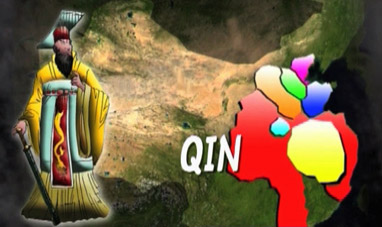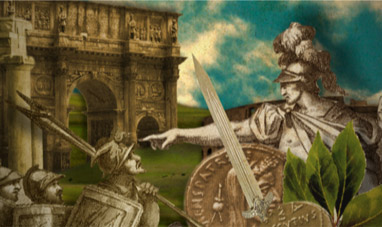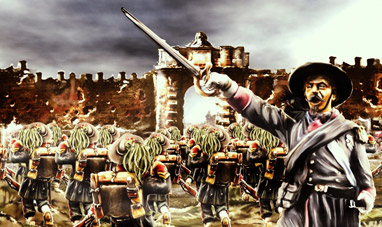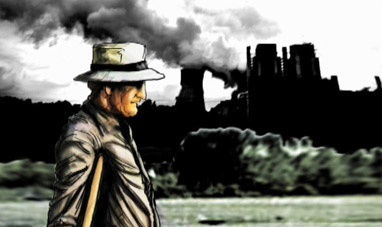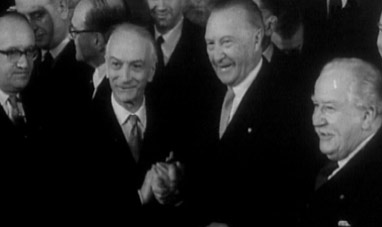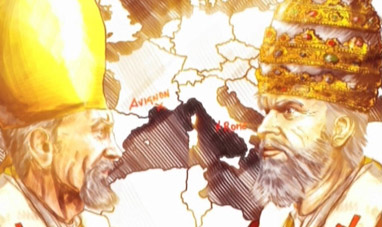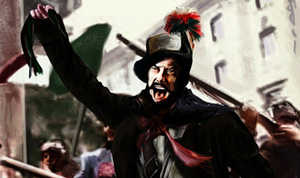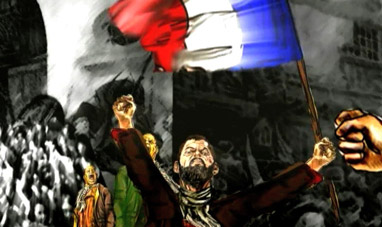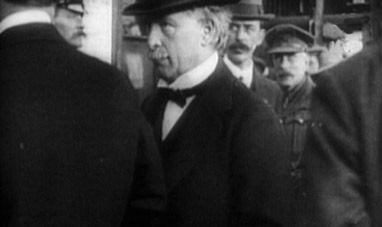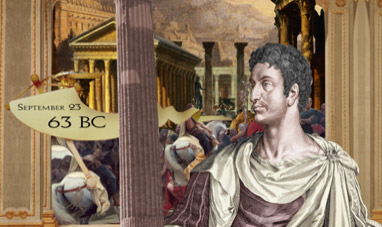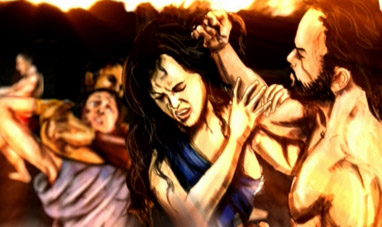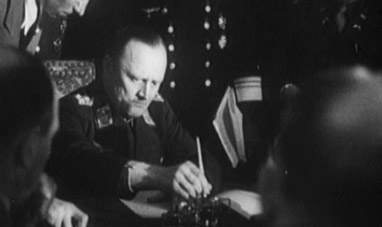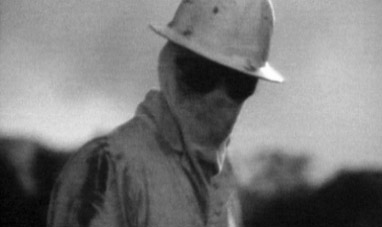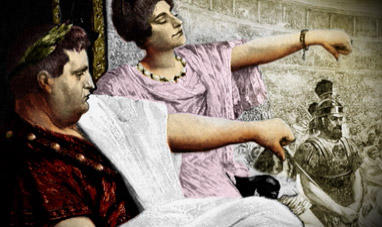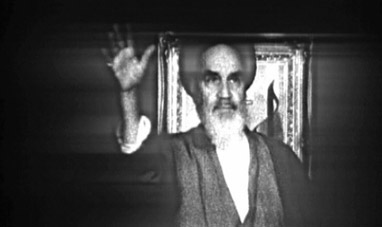In 753 BC, Romulus, a descendent of the Trojan hero Aeneas, founded Rome on Palatine Hill. Legend has it that he was the first of seven kings who governed the city for the next two centuries. The founding of Rome is steeped in myth. The first written record of the city dates back to the 1st Century AD, and employs key themes from Latin mythology. Historical records do not fully support the identity of the seven kings. They may in fact symbolize different phases of the city’s development. Romulus was the product of a union between the god Mars and the priestess Rhea Silva, the daughter of Numitor, King of Alba Longa. In the wake of a family fight, Romulus was thrown out of his home when he was still an infant. He discovered his noble roots years later and decided to create his own city. In order to populate the city, he offered safe haven to criminals, exiles and slaves. Seeking to further enlarge Rome, he orchestrated the kidnapping of women from the nearby Sabine tribe. The act led to a war that the two sides resolved by forming a single community.
While the rape of the Sabines is shrouded in legend, historians have confirmed that Rome’s population was in all likelihood the result of a union between three regional tribes: the Latins, the Sabines, and the Etruscans. United under one king, these first inhabitants of Rome created the first political institutions, including the Senate and a popular body known as the Curiate Assembly. These institutions elected their monarchs, thus preventing dynasties from forming. According to tradition, the Sabine Numa Pompilius succeeded Romulus. He is considered the founder of Rome’s religious institutions. Tullus Hostilius was the first king to expand Rome’s territorial dominion outside the city’s walls. Under his reign, the Romans conquered the city of Alba Longa.
The fourth king was named Ancus Marcius. [640-616 BC] He built the Sublicio, the first wooden bridge across the Tiber River, and founded the colony of Ostia, which served Rome as a port. He also expanded Rome’s territory through treaties with neighboring cities.
The last three kings of Rome reflected a phase in which Etruscans dominated the city. Tarquin the Elder [circa 616-578 BC] initiated the construction of the Temple of Jupiter Capitoline. Tradition also credits him for the Cloaca Maxima, Rome’s original sewer system, as well as the Circus Maximus. Servius Tullius [circa 578-534 BC] became famous for building the first city’s defensive parameter, known as the Servian Wall. Tarquin the Proud [534-510 BC] was the last king of Rome. He gained control by force, but lost power in a popular uprising. His expulsion signaled the end of Etruscan domination of Rome, and brought about the birth of the Roman Republic in 509 BC.
While the rape of the Sabines is shrouded in legend, historians have confirmed that Rome’s population was in all likelihood the result of a union between three regional tribes: the Latins, the Sabines, and the Etruscans. United under one king, these first inhabitants of Rome created the first political institutions, including the Senate and a popular body known as the Curiate Assembly. These institutions elected their monarchs, thus preventing dynasties from forming. According to tradition, the Sabine Numa Pompilius succeeded Romulus. He is considered the founder of Rome’s religious institutions. Tullus Hostilius was the first king to expand Rome’s territorial dominion outside the city’s walls. Under his reign, the Romans conquered the city of Alba Longa.
The fourth king was named Ancus Marcius. [640-616 BC] He built the Sublicio, the first wooden bridge across the Tiber River, and founded the colony of Ostia, which served Rome as a port. He also expanded Rome’s territory through treaties with neighboring cities.
The last three kings of Rome reflected a phase in which Etruscans dominated the city. Tarquin the Elder [circa 616-578 BC] initiated the construction of the Temple of Jupiter Capitoline. Tradition also credits him for the Cloaca Maxima, Rome’s original sewer system, as well as the Circus Maximus. Servius Tullius [circa 578-534 BC] became famous for building the first city’s defensive parameter, known as the Servian Wall. Tarquin the Proud [534-510 BC] was the last king of Rome. He gained control by force, but lost power in a popular uprising. His expulsion signaled the end of Etruscan domination of Rome, and brought about the birth of the Roman Republic in 509 BC.

